Hiring a vet is just the beginning – how you onboard them will genuinely shape everything that follows. Done well, the first week isn’t just about logistics, but about building confidence, clarity, and connection. Here’s how to give your new hire a structured, supported start that sets the tone for long-term success.
Day 1: Welcome & Orientation (Not Overwhelm)
Avoid information overload at all costs. Focus on a warm welcome and basic orientation that makes them feel genuinely valued.
- Assign a named mentor or buddy for the first month
- Provide a clear checklist: clinic layout, key contacts, uniform, induction documents
- Keep clinical expectations light – let them settle in properly
Day 2: Systems & Shadowing
Now’s the time to introduce your software and standard procedures without overwhelming them.
- Set aside proper time for PMS training (booking, notes, billing)
- Schedule shadowing slots with different team members
- Encourage questions – this builds trust and avoids bad habits forming later
Day 3: Gradual Integration
Your new vet may be ready to handle consults or procedures. Keep it light and properly supported.
- Choose predictable, low-pressure cases to start with
- Build in time for debriefs and check-ins throughout the day
- Make sure reception and nursing teams know to support without micromanaging
Day 4: Focus on Communication
Today, help them build genuine confidence with clients and colleagues.
- Explain your practice’s tone of voice – how do you talk to clients?
- Encourage them to shadow or be shadowed during tricky conversations
- Provide feedback on clarity and rapport – not just clinical outcomes
Day 5: Expectations & Boundaries
Now’s the time to address rota norms, clinical autonomy, and boundaries clearly.
- Clarify OOH cover, weekend expectations, and referral procedures
- Discuss autonomy: when to consult, when to refer, and when to ask for help
- Ask about any initial concerns – address them before they escalate
Day 6: Feedback Loop
Create proper space for mutual feedback that feels supportive.
- Ask them what’s working and what feels unclear
- Provide a few clear wins and areas to develop
- Keep the tone encouraging – it shouldn’t feel like an appraisal
Day 7: Goal Setting & Next Steps
Help them look ahead with genuine purpose and clear direction.
- Agree on 2–3 realistic goals for the next month
- Schedule a check-in 3–4 weeks from now to review progress
- Emphasise that they are still learning – and that’s completely expected
Intentional Onboarding Pays Off
When a vet feels properly supported, they stay longer and perform better. A structured, welcoming first week is one of the most powerful retention tools you have. It’s not about getting them up to speed quickly – it’s about setting the pace for a lasting, positive relationship.








